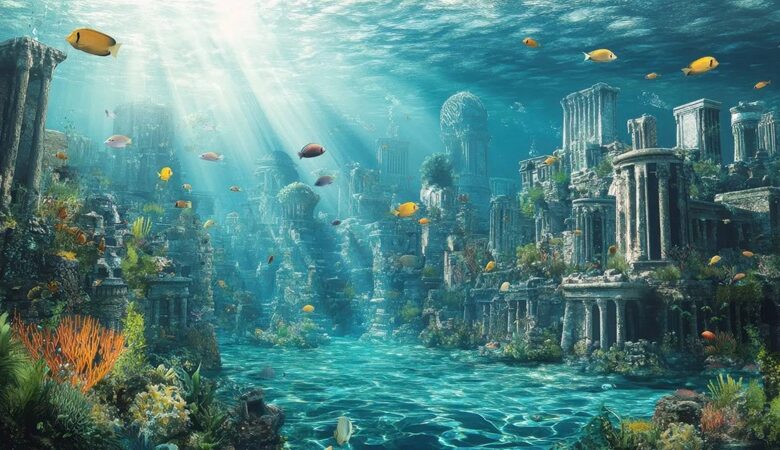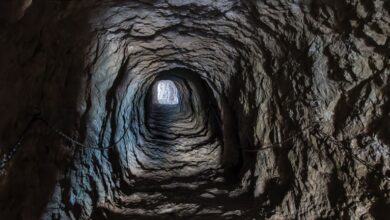Lost civilisation discovered beneath the Indian ocean
News Mania Desk / Piyal Chatterjee / 30th May 2025

A recent article discusses an underwater location in the Gulf of Khambhat (previously Cambay) along India’s west coast, indicating it could be older than the Harappan civilization. Unearthed in 2000 by the National Institute of Ocean Technology (NIOT) during a standard survey, sonar imaging exposed geometric formations on the ocean floor.
Recovered artifacts—such as pottery, beads, sculptures, and human remains—have been carbon-dated to around 9,500 years ago, possibly preceding the Indus Valley Civilization by a number of millennia.
Dr. Badrinaryan Badrinaryan, the leading geologist for NIOT’s team, suggested that these discoveries imply a sophisticated civilization engulfed by increasing sea levels at the conclusion of the last Ice Age. He proposed that the Harappan civilization may have originated from this “mother culture,” contesting the idea that structured societies were impossible before 5500 BCE.
Nevertheless, the finding has encountered doubt. Scholars such as Dr. Iravatham Mahadevan and Dr. Akko Parpola have challenged the interpretations, pointing out that certain artifacts could have been moved by ancient rivers, and expressing doubts about the accuracy of carbon dating and the likelihood that natural processes influenced the site. Furthermore, in 2003, well-known marine archaeologist S.R. Rao dismissed the assertions as hasty, highlighting the necessity for peer-reviewed articles and stronger proof.
Although the results are fascinating, the scientific community stays wary. Additional research and peer-reviewed studies are required to confirm the assertions and comprehend the site’s importance within the framework of ancient human history.






